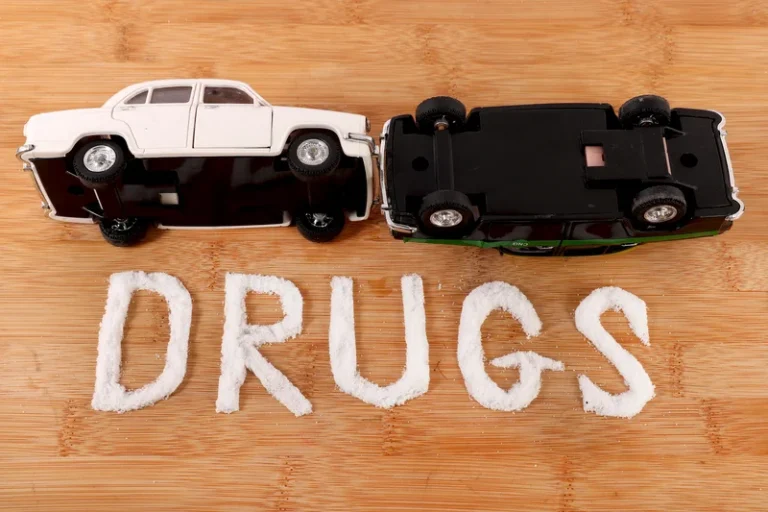
With so many effects on the body, the usual first step in treating alcoholism is detox—or getting alcohol out of your system. Depending on physical signs someone is an alcoholic the severity of the alcohol use disorder, this stage can be mildly annoying or severe. Early withdrawal symptoms include headaches, anxiety, nausea, irritability and shaking.
- Others may rely on alcohol to cope with stressful situations, or use it habitually after getting home from work each day.
- By Buddy TBuddy T is a writer and founding member of the Online Al-Anon Outreach Committee with decades of experience writing about alcoholism.
- In the late stages of alcoholism, the physical and psychological toll becomes increasingly severe.
- It often drives people with alcoholism to keep drinking in order to limit these symptoms.
What’s Technically Considered Alcoholism?

This is especially true when you consider the increased likelihood of them falling. This is called ‘alcohol flush reaction’ and it happens when your body is unable to fully digest all the alcohol you’ve consumed. This means that the toxins in alcohol, including acetaldehyde, can build up in your body.
- The main glucocorticoid in humans and other primates is cortisol; the main glucocorticoid in rodents is corticosterone.
- When the most important people in a person’s life have been relegated to the sidelines in favor of alcohol, it is a clear sign of alcoholism.
- One in eight adults in America struggles with alcohol addiction — a chronic disease characterized by lack of control of over one’s drinking, a preoccupation with alcohol and continued drinking despite adverse consequences.
- Consider talking with someone who has had a problem with drinking but has stopped.
Finding Detox and Treatment
Alternatively, they may crave high-fat foods as alcohol produces the hunger-increasing hormone, ghrelin. In addition, some alcoholic beverages, such as wine and beer, are high in calories, so regular consumption of these drinks can lead to weight gain. Withdrawal symptoms appear when the body’s need for alcohol isn’t met.
Am I an Alcoholic: The Warning Signs of Alcoholism

Someone with the disorder may spend a great deal of time drinking or thinking about drinking. Alcohol use disorder (AUD) involves a pattern of alcohol use that causes problems that may include excess drinking and interference with relationships or work. Medically supervised detox is part of a general approach to addiction treatment called medically-assisted treatment, or MAT. MAT is supported by the scientific community as a way of successfully treating alcohol and other drug addiction and can involve supervised detoxification, treatment planning, and counseling. Delirium Tremens is a state of emergency and should be addressed immediately.18 Generally, withdrawal symptoms and the prevention of Delirium Tremens are best addressed with supervised detoxification. Even if someone is not at risk for Delirium Tremens, supervised detoxification can help prevent relapse, which is common during withdrawal.
Stages of Alcoholism: Early, Chronic, and End Stage
- The most severe form of alcohol withdrawal is delirium tremens (DTs), characterized by altered mental status and severe autonomic hyperactivity that may lead to cardiovascular collapse.
- Fewer people seek out treatment for alcohol addiction than for any other mental illness.
- Delirium Tremens is a state of emergency and should be addressed immediately.18 Generally, withdrawal symptoms and the prevention of Delirium Tremens are best addressed with supervised detoxification.
- For most people who drink, alcohol is a harmless part of the evening — a beer after work, a glass of wine with dinner, or a drink or two with friends.
- Effective addiction treatment providers will have addiction counselors, but they should also have mental health services as many people with alcoholism have co-occurring mental health conditions.
- If someone you know meets at least two of the following criteria, they may have an alcohol use disorder and need help.
Chronic severe alcoholics drink more often than the other subtypes but do not drink as much as the young antisocial subtype. This subtype tends to have interpersonal issues due to their alcoholism, such as high rates of divorce or separation from their partners. People within this group are the most likely to look for help, as 66% seek treatment for addiction. Young antisocial drinkers have high rates of depression, social phobias, bipolar disorder and co-occurring substance abuse. This group drinks more frequently and in larger amounts than the other types. However, this group also has a high rate of seeking out treatment for alcoholism.
What’s the Difference Between Casual Drinking and Alcoholism?
People who drink heavily or binge drink may find that their alcohol use has come tocause problems in their lives. These problems are a warning sign of alcohol use disorder oralcoholism, whichSAMHSAreports affects at least 14.8 million people over the age of 12 in the United States. While the exact causes of alcoholism are not known, a number of factors can play a role. The condition is likely the result of a combination of genetic, social, psychological, and environmental factors.

Download or order the free 20-page booklet, “Rethinking Drinking: Alcohol & Your Health”.
For example, a person may engage in activities that risk unwanted or harmful consequences while drinking alcohol. Even when signs of problem drinking or alcoholism are more apparent, individuals often deny needing treatment. This can be because they don’t want to stop drinking or because they are afraid of confronting the problems their drinking is causing.
